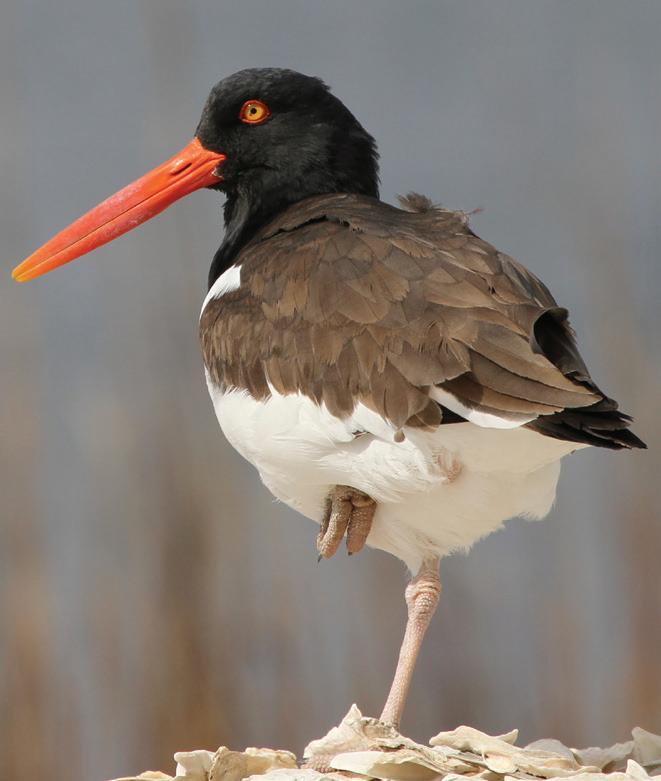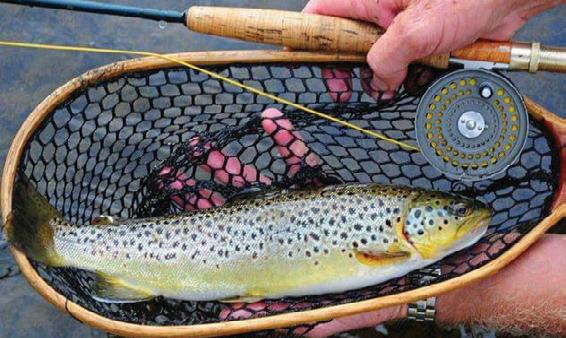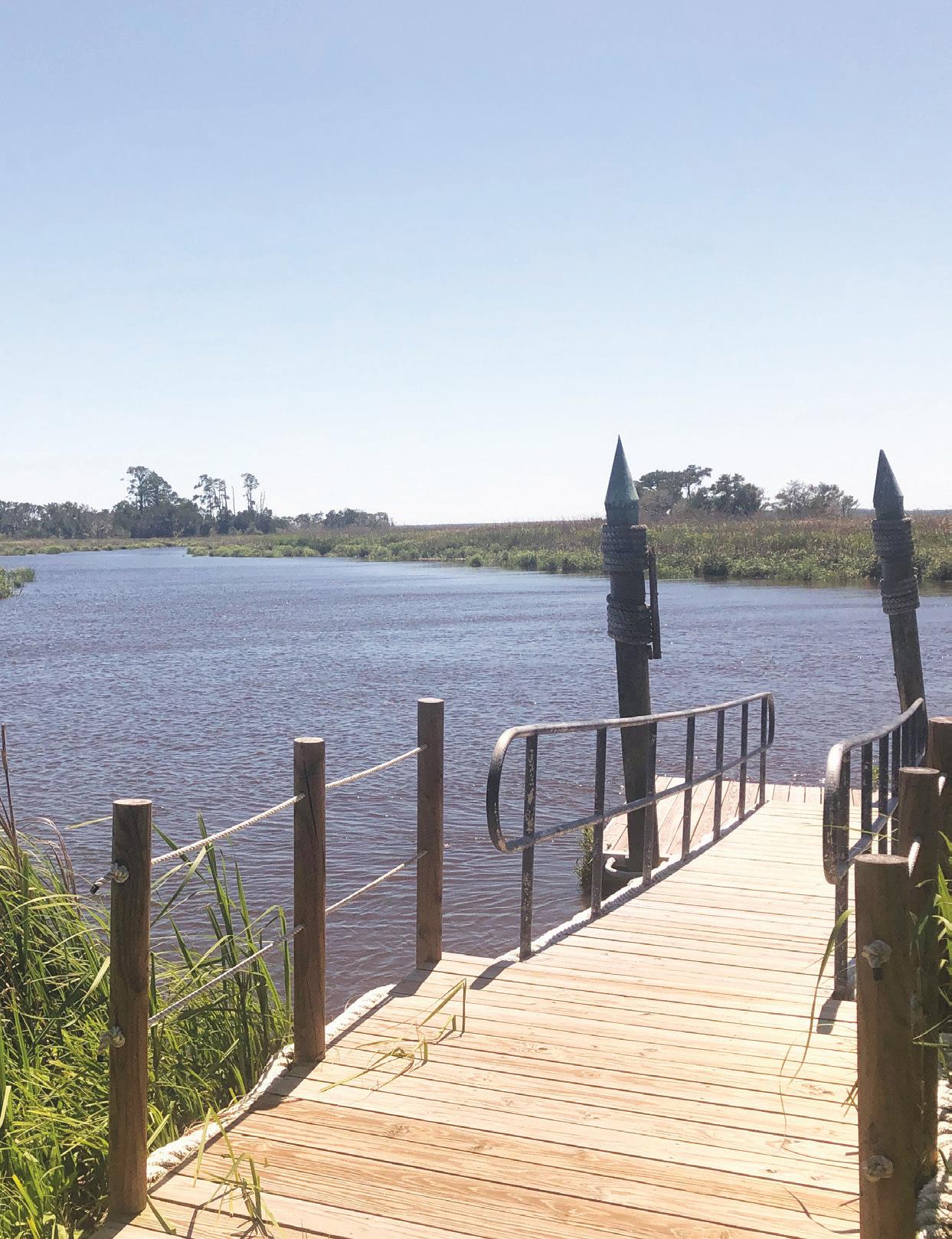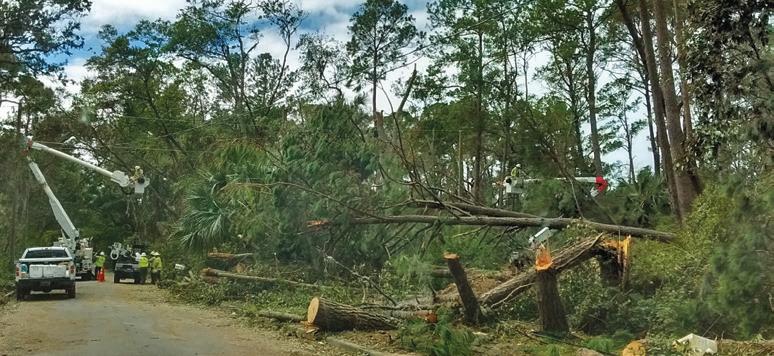Give 'em Space! Nesting Shorebirds Active on Coastal Beaches By Rick Lavender
Communications and Outreach Specialist and Tim Keyes Wildlife Biologist Georgia Deptarment of Natural Resources
Photo by Tim Keyes
G
eorgia’s beaches are not only vacation destinations, they’re top spots for nesting shorebirds and seabirds, and for migrating species feeding for long flights to the Arctic. American oystercatchers, Wilson’s plovers and least terns use sites such as Little Tybee Island, Pelican Spit off Sea Island, Cumberland Island and the southern end of Jekyll Island. Among other species, black skimmers, royal terns and gull-billed terns also nest on Georgia beaches and offshore sandbars. When these birds are nesting, human disturbance poses a significant threat. Shorebirds and seabirds also face risks from native predators and high spring tides. Pets can be destructive, too, killing or scaring birds. Visitors to Georgia’s beaches can help beach-nesting birds and migrating species by: · Avoiding posted sites. (Eggs and chicks are camouflaged and easy to overlook or even step on.) · Walking below the high-tide line. · Watching beach birds only from a distance. · Backing away from any nesting birds they accidentally disturb. Adults frightened from a nest will often call loudly and exhibit distraction displays, such as dragging a wing as if it’s broken. Sometimes the birds will dive-bomb people who get too close to their nest, said wildlife biologist Tim Keyes of the Georgia Department of Natural Resources. Keyes also encouraged visitors to leave dogs at home or
keep them on a leash when visiting a beach where dogs are allowed. Owners who let their dogs chase shorebirds can be cited for harassing federally protected species. “Dogs and beach wildlife are incompatible,” Keyes said. Pets are excluded by regulation or law at some sites, including Tybee Island, the beachfront portion of Little Tybee, Pelican Spit, Satilla Marsh Island, the south end of Jekyll, and St. Catherines Island and Little Egg Island bars. (The bars, Pelican Spit and Brunswick Dredge Island, another key
nesting site, also are closed to people.) Beach-nesting birds nest above the high-tide line on wide, terraced beach flats or in the edge of dunes. In Georgia, the birds lay eggs in shallow scrapes in the sand from mid-March through July. After hatching, chicks hide on the beach or in the grass. Disturbance by people or pets can cause adult birds to abandon eggs and chicks, exposing them to extreme heat and predators. On a hot day, “in as little as 10 minutes, the eggs can be cooked,” Keyes said. The threats are similar for migrating seabirds and shorebirds. The coast provides vital stopover sites for species such as federally threatened red knots flying from South America and the Arctic. 26
Southern Tides Magazine
June 2020










